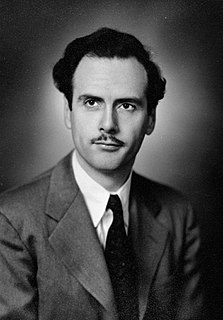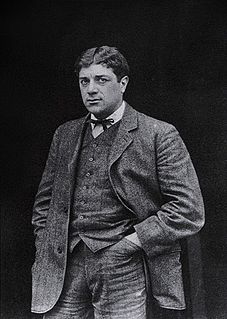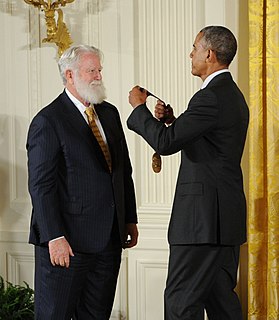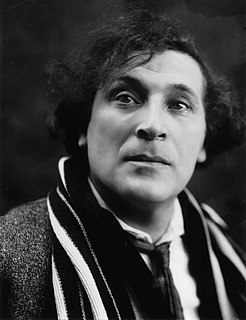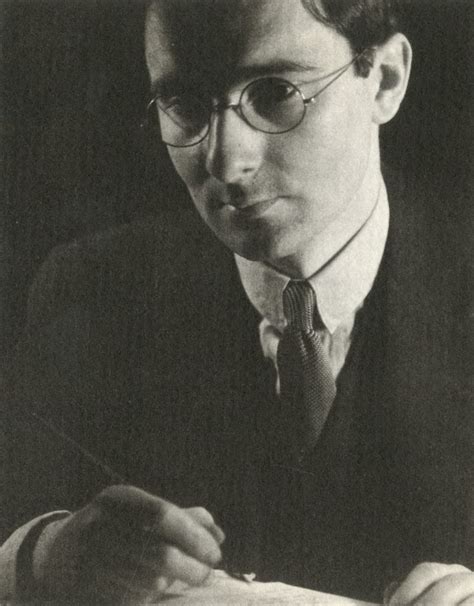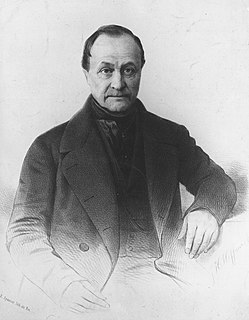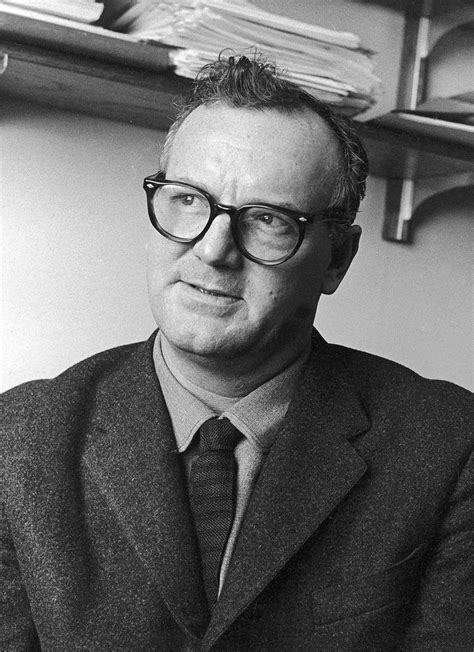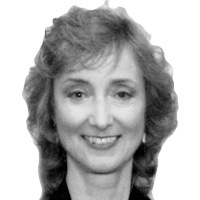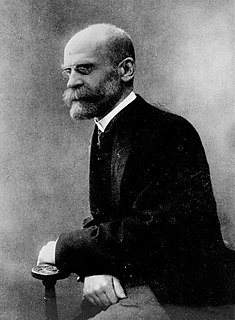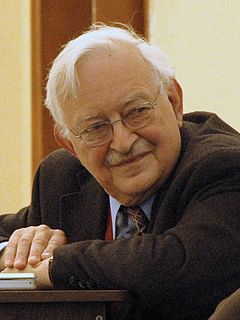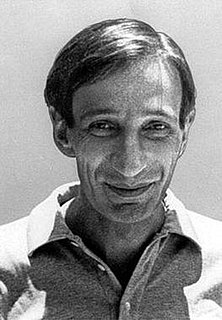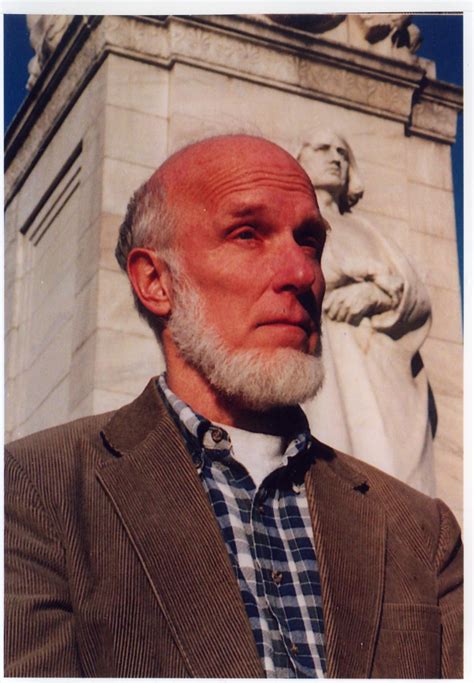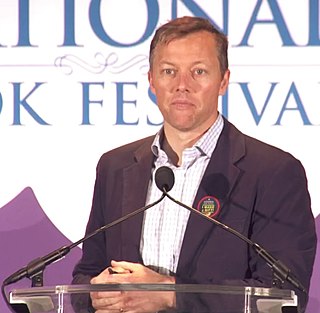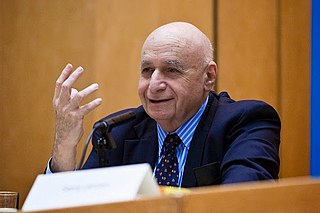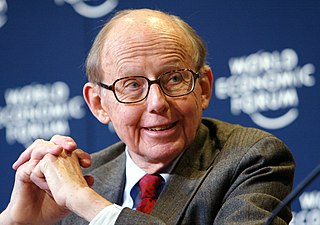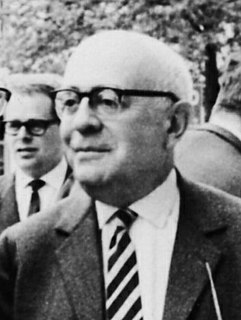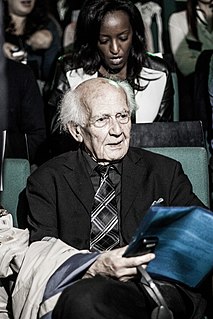A Quote by Marshall McLuhan
Cubism ('multi-locationalism') is one of the painterly forms of acoustic space.
Related Quotes
What greatly attracted me - and it was the main line of advance of Cubism - was how to give material expression to this new space of which I had an inkling. So I began to paint chiefly still lifes, because in nature there is a tactile, I would almost say a manual space... that was the earliest Cubist painting - the quest for space.
No academy could have given me all I discovered by getting my teeth into the exhibitions, the shop windows, and the museums of Paris . Beginning with the market - where, for lack of money, I bought only a piece of a long cucumber - the workman in his blue overall, the most ardent followers of Cubism , everything showed a definite feeling for proportion, clarity, an accurate sense of form, of a more painterly kind of painting, even in the canvases of second-rate artists.
The whole universe is one. There is only one Self in the universe, only One Existence, and that One Existence, when it passes through the forms of time, space, causation, is called by different names, buddhi, fine matter, gross matter, all mental and physical forms. Everything in the universe is that One, appearing in various forms. When a little part of it comes, as it were, into this network of time, space and causation, it takes forms. Take off the network, and it is all one.
